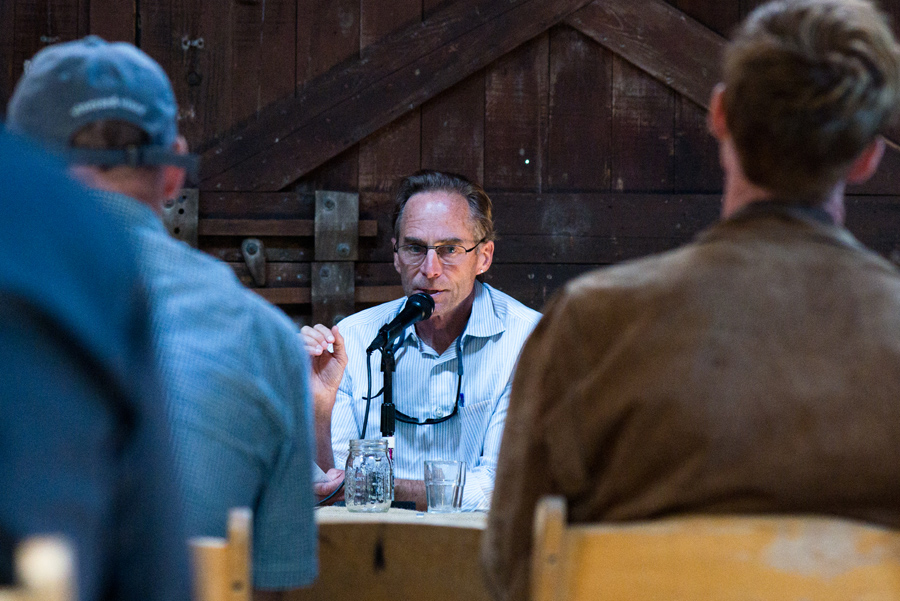A public-private partnership to restore aquatic habitat and increase the number of oyster farming operations in Tomales Bay and statewide will be proposed for . . .
Coalition to request easier oyster leases


A public-private partnership to restore aquatic habitat and increase the number of oyster farming operations in Tomales Bay and statewide will be proposed for . . .